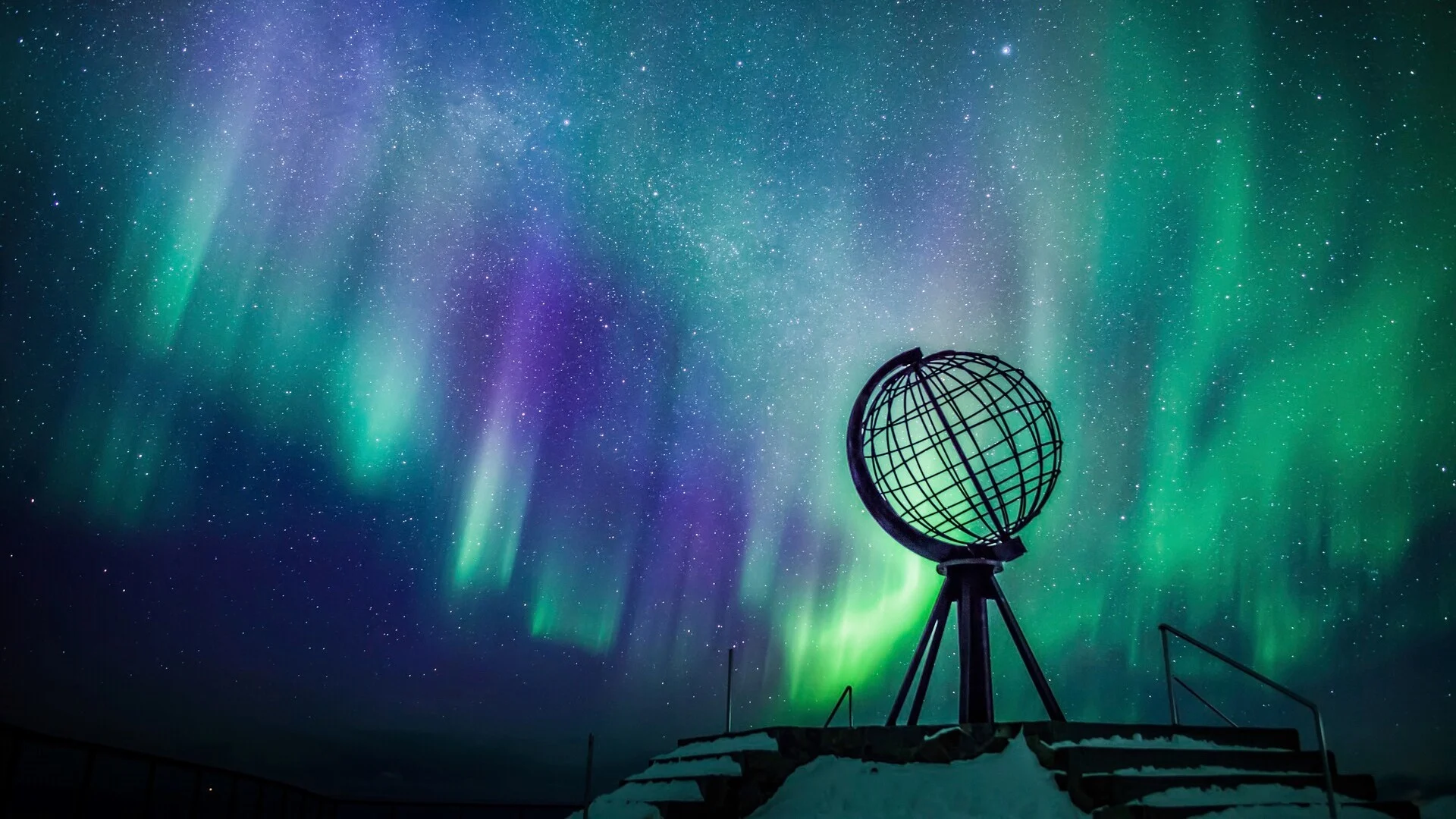
History of the Northern Lights: myths and legends
Influencing art, history, and religion, the myths and legends behind the Northern Lights are a fascinating insight into different cultures across the continents.
Today we know the science behind the Northern Lights. But imagine gazing up at the phenomena of green, red, and purple lights flickering across the sky and not knowing what they are. It’s no wonder the aurora borealis have influenced folklore and legends through the ages.
Keep reading to learn more about the tales that have been inspired by the aurora across the world.
Norse myths and legends
The Northern Lights have inspired some of the most dramatic tales in Norse mythology. The Vikings celebrated the lights, believing they were earthly manifestations of their gods. Other Norse people feared them, telling stories of the dangers they posed and developing superstitions to protect themselves.
Whichever fantastical tale captures your imagination, one thing is certain: the Northern Lights were assigned great power and significance by the peoples of ancient Nordic societies. Whether a harbinger of good or evil, the lights were as magical and revered as they continue to be today.
Heroes lighting up the sky
Odin was the chief god and ruler of Asgard, revered by all Vikings. They believed that during every battle on Earth, Odin would pick the warriors who would die and join him in Valhalla, where he lived.
The Valkyries – female warriors on horseback who wore armour and carried spears and shields – were tasked with leading Odin’s chosen warriors to Valhalla. The Vikings believed the Northern Lights illuminating the sky were the reflections of the Valkyries’ armour as they led the warriors to Odin.
Other Nordic legends claim the aurora was the breath of brave soldiers who died in combat. In other stories, the aurora was believed to be the ‘Bifrost Bridge’, a glowing, pulsing arch which led fallen warriors to their final resting place in Valhalla.

Danger in the lights?
For the Sámi, the indigenous Finno-Ugric people of northern Scandinavia, the lights didn’t tell stories of heroism and bravery; instead, they were to be feared and respected in equal measure. The appearance of the Northern Lights was a bad omen.
Thought to be the souls of the dead, the Sámi believed you shouldn’t talk about the Northern Lights. It was also dangerous to tease them by waving, whistling, or singing under them, as this would alert the lights to your presence.
The belief was that if you caught their attention, the lights could reach down and carry you up into the sky – or even slice off your head! To this day, many Sámi stay indoors when the Northern Lights are illuminating the sky, just to be on the safe side.
Mythical fire foxes
In Finland, the Northern Lights are known as ‘revontulet’, which can be literally translated as ‘fire fox’. The name comes from the rather beautiful myth that Arctic foxes were responsible for creating the aurora. They would run through the sky so fast that when their large, furry tails brushed against the mountains, they created sparks that lit up the sky.
A similar version of this story tells that as the fire foxes ran, their tails swept snowflakes up into the sky, which caught the moonlight and created the Northern Lights. This would have also helped explain why the lights were visible only in winter, as there is no snowfall in the summer months.
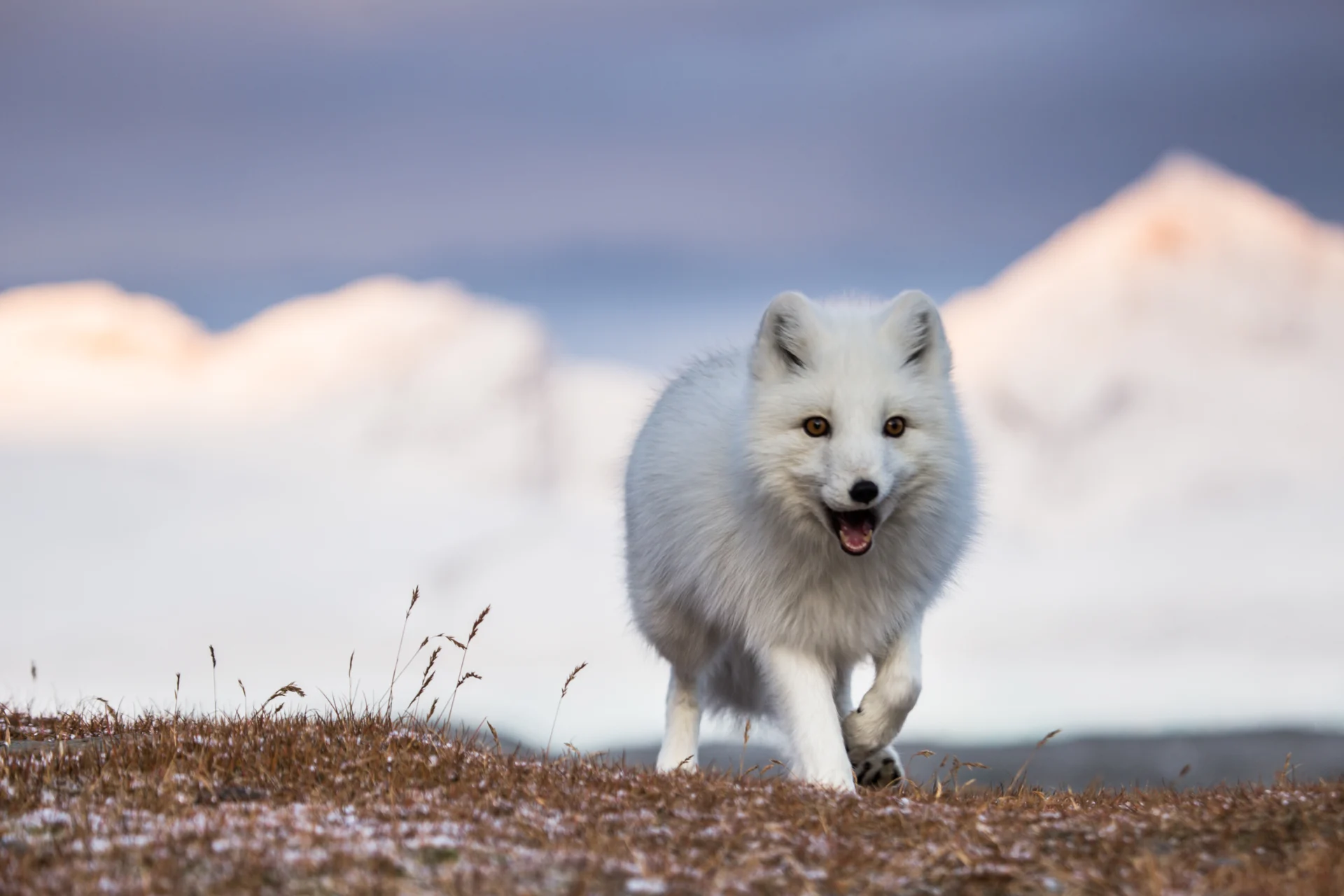
North American myths and legends
Many of the stories surrounding the Northern Lights in North American communities arose from the belief that they were the souls of departed ancestors.
It was even thought that the lights might be the spirits of the animals they hunted. But not all North American legends painted the Northern Lights as quite so benevolent.
The circle of life
Some Native American stories depict the Northern Lights as torches held by spirits who were tasked with leading the souls of the recently deceased over the abyss to the land of brightness and plenty. To communicate with people on Earth, they believed the Northern Lights made a whistling sound, which was to be answered by humans with whispers.
Eskimo tribes believed they could summon the Aurora to converse with their dead relatives. Cree Indians believed strongly in the ‘circle of life’. They also believed the lights were a way of communicating with their ancestors, and when dogs barked at the lights, it was because they recognised their lost companions.
In Canada and northern Michigan, Algonquin tribes believed the creator of the Earth, Nanabozho, moved to the far north and lit a huge fire to let his people know that even though he was far away, he was still thinking of them. The aurora was a reflection of this fire.
The Menominee Indians of Wisconsin believed what they saw were gentle giants fishing at night, and that the lights were created by their torches as they fished.
The Inuits of northern Greenland believed the lights were the spirits of the dead playing celestial games with a walrus skull, though other local Inuit communities believed it was the walruses playing games with a human skull.
Omens of death
Not all native communities in North America were comforted by the presence of the Northern Lights and many believed they were an evil omen.
The Great Plains Indians also believed the lights were the reflection of large fires, but not one made by a loving creator. Theirs were the reflections of giant flames under huge cooking pots, lit by northern tribes to cook their enemies.
In Wisconsin, the Fox Indians thought the Northern Lights were the restless spirits of their slain enemies attempting to rise again for revenge – and were an omen of pestilence and war. In Alaska, Inuit communities also feared the lights and carried knives to ward themselves against the evil spirits of the aurora.
European myths and legends
While the Northern Lights are most frequently and intensely seen in the Auroral Oval above the Arctic Circle, they do also make occasional appearances further south, whenever there’s a burst of solar activity.
Across history, there have been many auroral sightings in Europe, which has given us a rich trove of myths and tales.
Omens of bloodshed
When the aurora appears further south in Europe, the lights often take on a deep, reddish hue. This would explain why, in continental Europe, many considered the dancing, crimson streaks of the aurora to be an evil omen, a portent of war, or other dangers.
For instance, in the late 18th century, the onset of the French Revolution threw the country into turmoil. In the weeks before the monarchy was overthrown, a bright red aurora was seen in the skies over England and Scotland and locals reported hearing huge armies battling in the skies. The frightened onlookers believed it foretold of impending war and death.
Although the Scots gave them Northern Lights the cheery nickname of “Merry Dancers”, the ‘dancers’ depicted fallen angels or sky warriors engaged in an epic battle. In the Hebrides, bloodstones are a common sight and these beautiful green heliotropes are speckled with red. The Scots believed these red specks were drops of blood that fell from the sky onto the stones as the Merry Dancers engaged in battle.
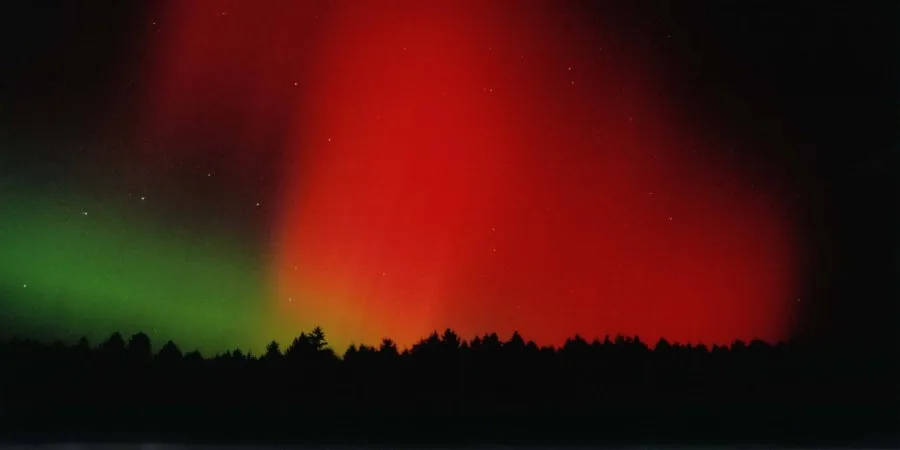
Positive premonitions
But not everybody saw the aurora as a harbinger of doom. Estonians, for example, believed that the Northern Lights were wonderful sleighs taking guests to a spectacular wedding celebration in the heavens.
Similarly, in Greco-Roman mythology, Aurora is the personification of the dawn, and the sister of the sun and the moon. The ancient Greeks and Romans believed that every day Aurora raced across the sky in her chariot, alerting her brother and sister to the breaking of the new day. Watching the Northern Lights stretch across the sky, it’s easy to imagine how this story took form.
Wild ideas
Often myths explained the lights using stories about animals and nature. Some spoke of the aurora appearing when whales were playing games, while the Danes believed the lights were caused by swans competing to see who could fly further north. According to legend, some of the swans became trapped in the ice and, as they tried to escape, they flapped their wings creating flurries of light in the sky.
Swedish fishermen looked forward to seeing the aurora, as they thought the lights were the reflections of giant schools of herring swimming nearby. For them, an aurora sighting brought good fortune and the promise of a hefty catch.
Our Northern Lights cruises
- Save up to 30%

Expert-led Astronomy and Northern Lights Voyage
Route
Bergen - Kirkenes - Bergen (Roundtrip)
Departure Dates
September - March - 12 days
Price from
£2,544
Ships
Multiple
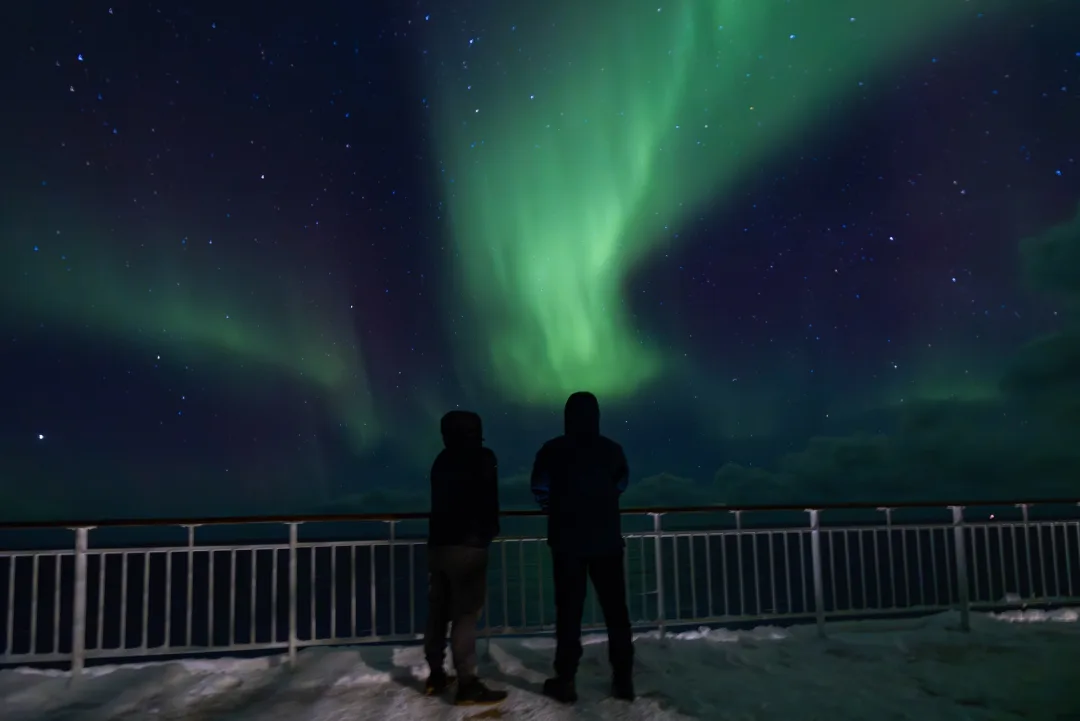
Follow the Lights | Helsinki to Oslo | Flights Included
Route
Small group escorted tour (Southbound)
Departure Dates
December - March - 15 days
Price from
£4,308
Ships
Multiple
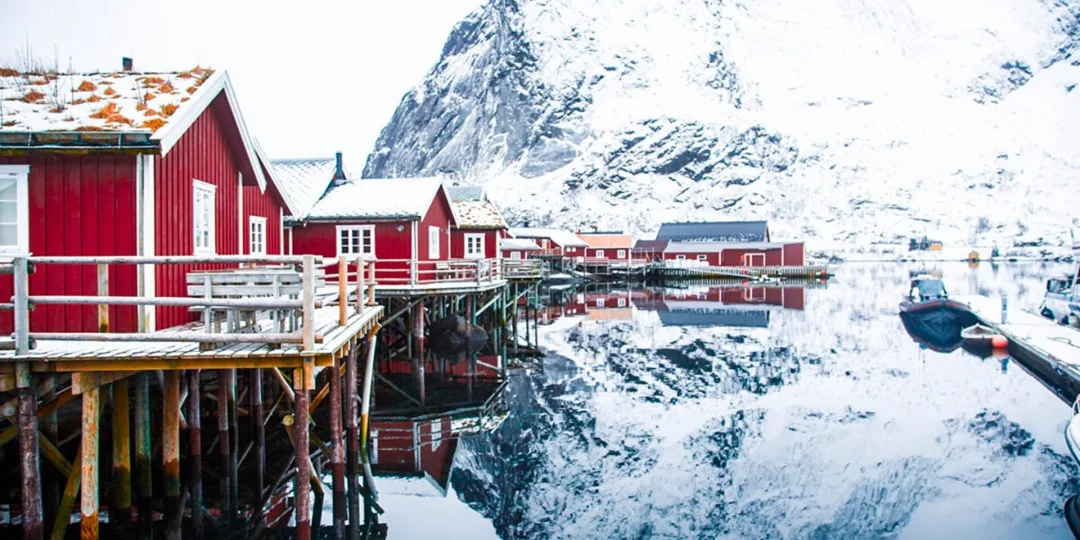
Complete Norway | Arctic Winter & Northern Lights
Route
Oslo - Bergen - Kirkenes - Bergen (Roundtrip)
Departure Dates
April - March - 16 days
Price from
£2,801
Ships
Multiple